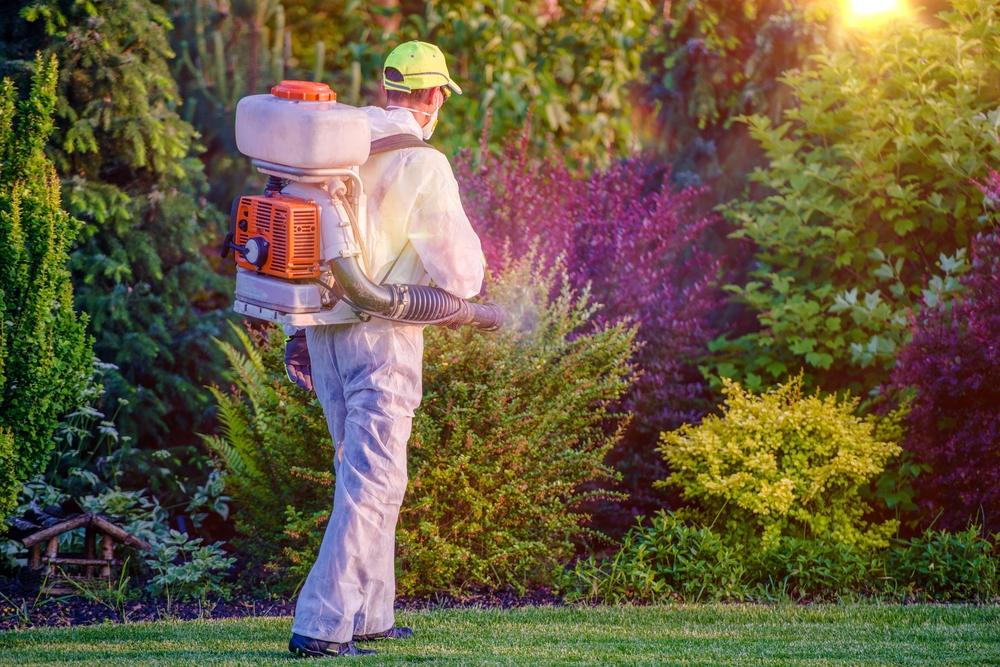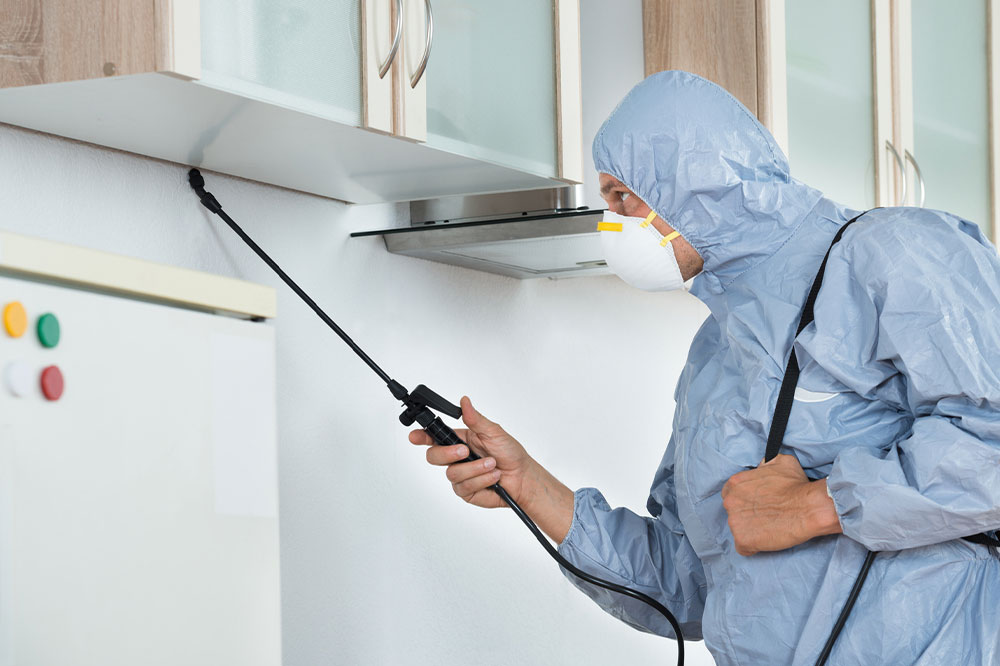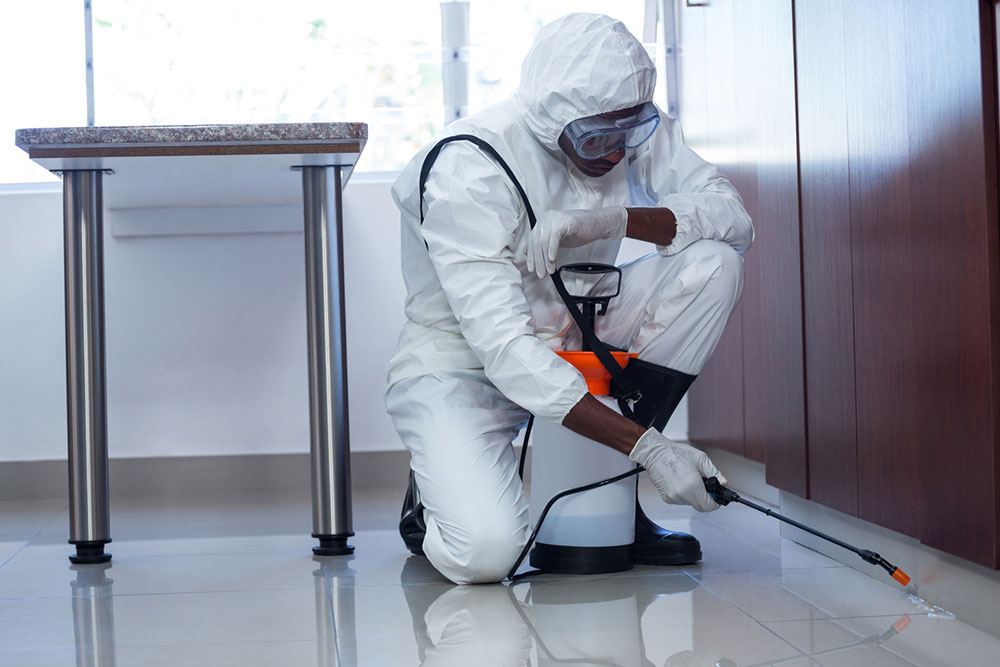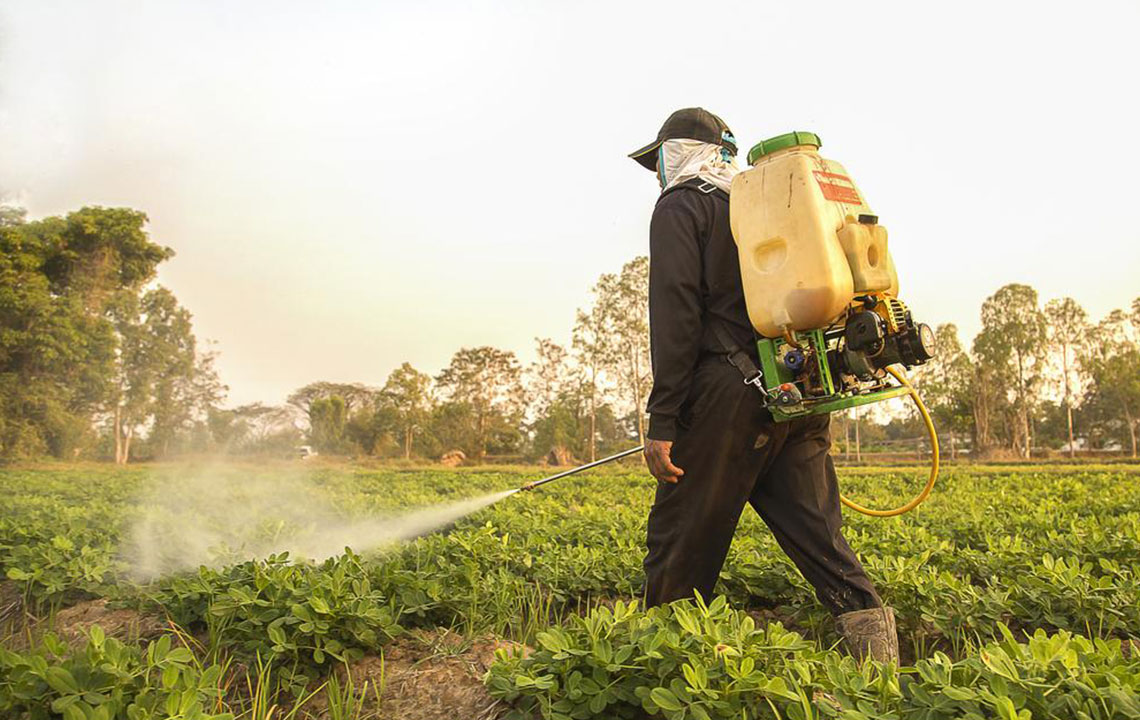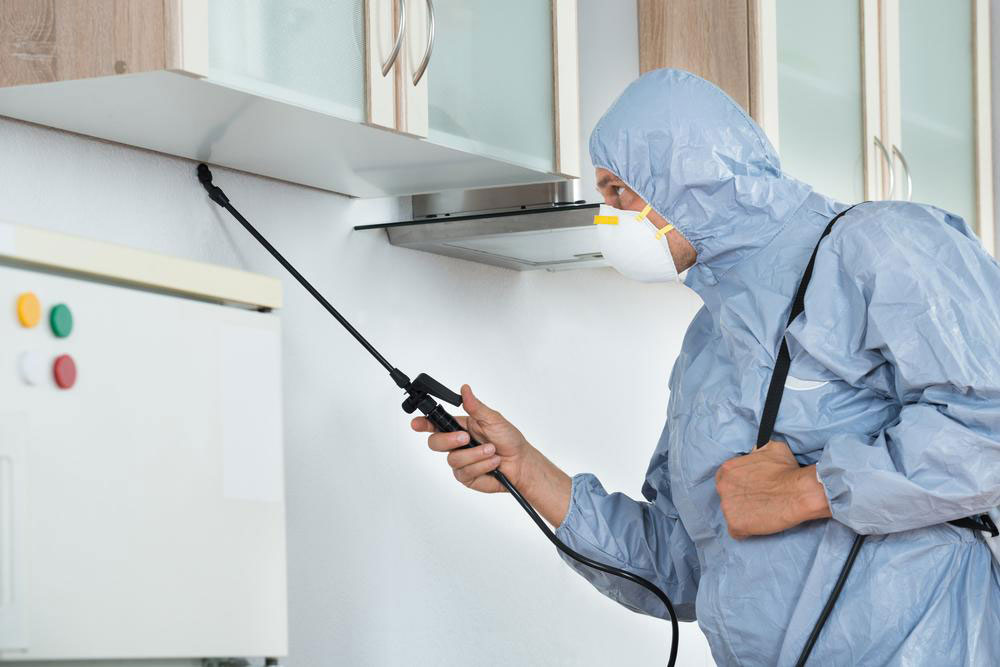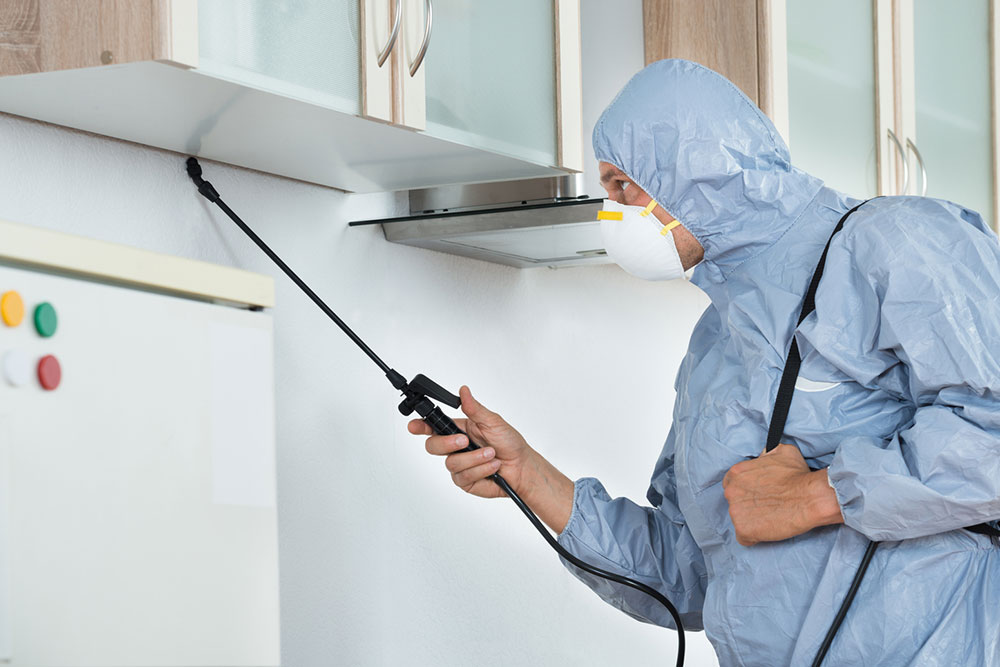Comprehensive Guide to Pest Control Strategies
This guide explores effective pest control methods, including chemical, non-chemical, and organic strategies. It emphasizes professional assistance for safe and reliable pest management, highlighting the importance of proper pest identification and environmentally friendly solutions for residential and commercial settings.
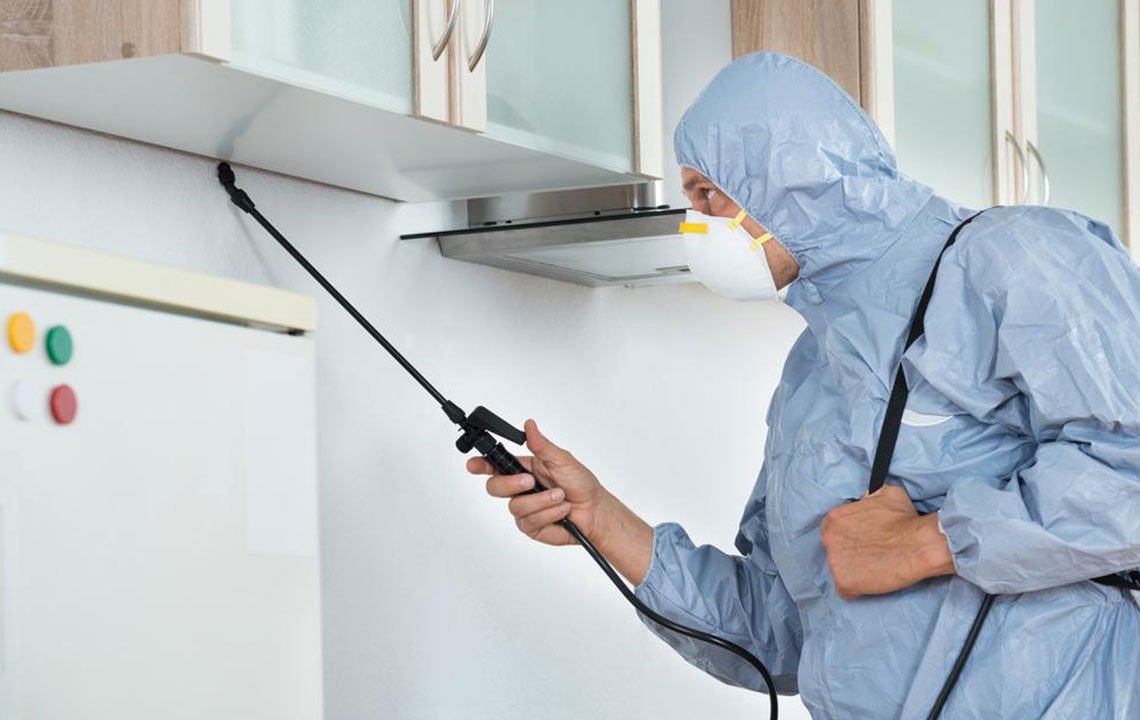
Comprehensive Guide to Pest Control Strategies
Pests can cause significant harm by damaging crops and household furnishings, and they are often vectors for diseases that can lead to outbreaks.
Effective pest management is especially crucial in tropical regions where infestations tend to be more prevalent.
There are three primary pest control approaches that are widely used to combat these pests efficiently.
Chemical Management:
This method involves applying chemical pesticides to eliminate pests in fields and on plants. However, using chemical controls near homes or in residential areas is generally discouraged due to health risks.
Proper pest identification is essential before applying chemical treatments. Selecting the appropriate pesticide is key to effective pest eradication.
Non-Chemical Solutions:
This eco-friendly method is useful in gardens, homes, and commercial spaces. Its main benefit is that it poses no risk to human health or the environment. The non-toxic substances used help preserve soil health and do not hinder plant growth.
Organic Approaches:
For residential or commercial settings, homemade organic sprays using water and essential oils are practical. Additionally, planting pest-repellent plants like basil and catnip can deter insects such as cockroaches and mosquitoes.
All these pest management techniques yield optimal results when performed by professionals. Experts are equipped with advanced tools and up-to-date methods across chemical, non-chemical, and organic options, ensuring safe and effective pest control without health hazards.

